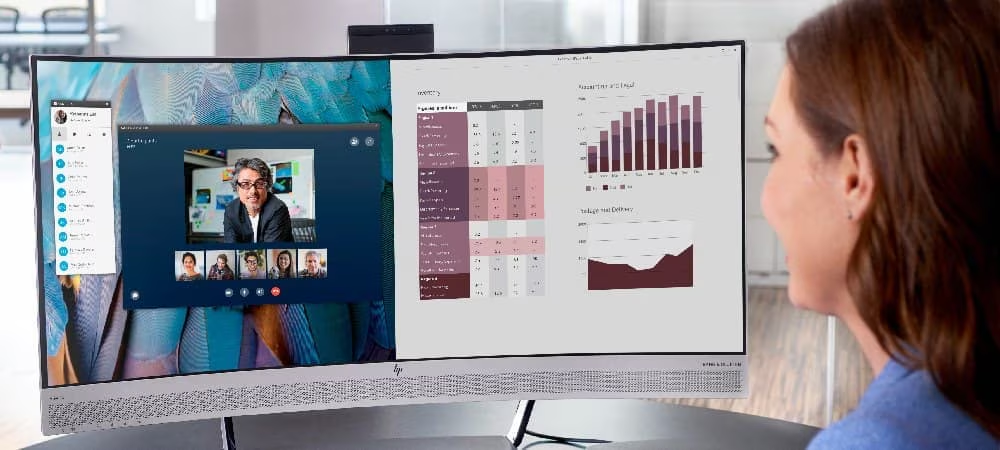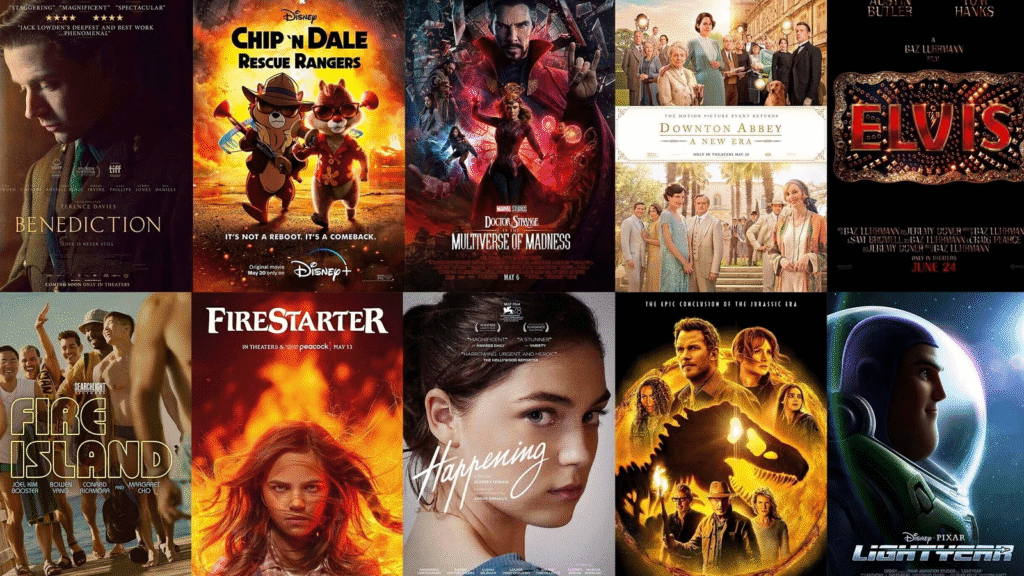For decades, Hollywood was the heartbeat of American entertainment. Movies and TV shows were created in big studios, shown in theaters, or broadcast on cable. But today, something big is happening. Streaming platforms like Netflix, Hulu, Amazon Prime Video, and Disney+ are changing how Americans watch their favorite content—not just in big cities, but across the entire country.
The Shift From Big Screens to Small Screens

In the past, going to the movies was an event. People dressed up, bought popcorn, and watched new releases in theaters. Television had its golden hours too—family shows at dinner time and dramas at night. But with streaming, viewers can watch what they want, when they want.

Now, you can binge-watch an entire season in a weekend or catch a film on your phone during a lunch break. According to a 2024 report from Deloitte, over 80% of Americans now subscribe to at least one streaming service. And that number is growing every year.
Streaming Goes Beyond Hollywood

It’s not just Los Angeles or New York tuning in. People in smaller towns and rural areas are joining the streaming wave. High-speed internet is more available than ever before, thanks to government investments and private companies expanding broadband networks.
In places like Des Moines, Iowa, and Biloxi, Mississippi, residents now enjoy the same entertainment as those in San Francisco or Chicago. Local tastes are also being noticed. Streaming companies are investing in content that appeals to regional audiences, including Southern dramas, Midwest comedies, and even reality shows set in rural America.
This shift is helping to bridge the cultural gap between Hollywood and the Heartland. As streaming becomes more personalized, viewers feel more seen and heard—no matter where they live.
More Opportunities for Local Creators

Streaming isn’t just changing what people watch—it’s changing who gets to make content. In the past, filmmakers and actors had to move to Hollywood to have a chance at success. Now, creators from anywhere in the U.S. can share their work online.
Platforms like YouTube, TikTok, and even Netflix’s short-film categories are helping unknown artists go viral. Some have landed major deals or started their own shows after being discovered online.
For example, a small-town filmmaker from Kansas recently sold a documentary series to Amazon Prime Video. She filmed it entirely on her phone, proving that talent and creativity matter more than location.
The Rise of Niche Content
Streaming platforms allow users to choose from thousands of shows and movies. There’s something for everyone—from Korean dramas to vintage Westerns. This range of content is helping viewers discover stories outside the mainstream.
It’s also leading to more diversity in entertainment. LGBTQ+ stories, Native American voices, and immigrant experiences are being featured more often. People from all backgrounds now see themselves represented on screen.
This is especially important in rural and suburban areas, where access to diverse content was once limited. Streaming is helping to educate, connect, and entertain in new and powerful ways.
How It’s Changing the Business of Entertainment
Streaming isn’t just affecting viewers—it’s also transforming the industry. Studios are spending billions to compete in the streaming market. In 2023 alone, Netflix spent over $17 billion on new content. Disney+ added over 100 new titles, including original shows and movies not available in theaters.
Many films now release directly to streaming platforms, skipping theaters altogether. This “direct-to-stream” model became more popular during the COVID-19 pandemic and has continued since. It’s more affordable for viewers and gives them the flexibility to watch from home.
Cable TV, on the other hand, is losing ground. More Americans are “cutting the cord” and canceling traditional cable packages. This trend is especially strong among younger viewers who prefer on-demand content over scheduled programs.
Challenges and Concerns
Despite the benefits, the streaming revolution isn’t perfect. With so many platforms available, it can be expensive to subscribe to all of them. Some viewers now pay as much for streaming as they once did for cable.
There are also concerns about content overload. With so many options, it’s easy to feel overwhelmed. Some people spend more time browsing than watching.
Content quality is another issue. While there’s more variety, not all shows are worth the watch. Critics say that quantity sometimes wins over quality in the race to produce more content.
What’s Next for Streaming?
Looking ahead, the streaming industry is expected to grow even more. New platforms are launching, and existing ones are expanding globally. We may see more partnerships between Hollywood studios and local creators across the U.S.
Artificial intelligence and personalized recommendations will make it even easier to find content you love. Interactive shows and virtual reality experiences could become the next big thing in home entertainment.
For now, one thing is clear: streaming is here to stay. It’s changing the face of American entertainment—bringing Hollywood to the Heartland, one screen at a time.













